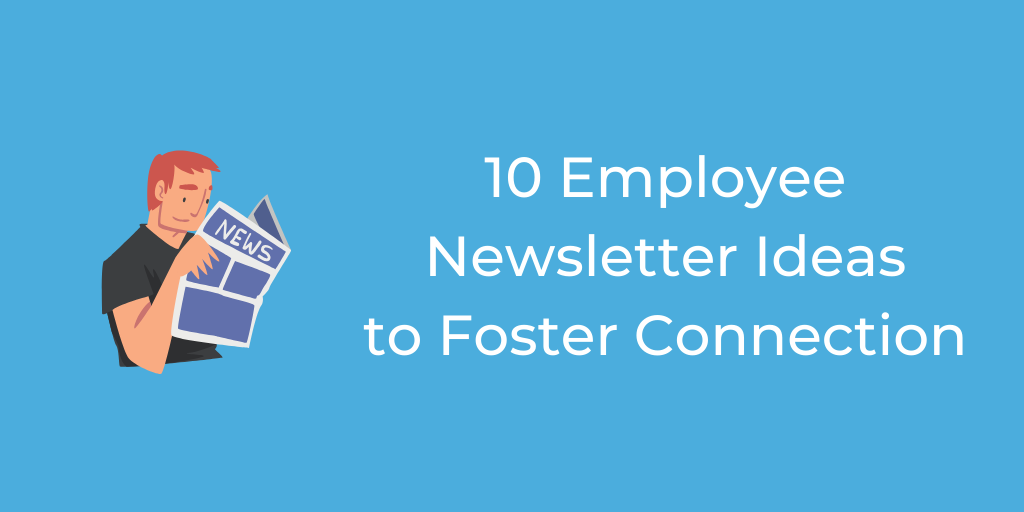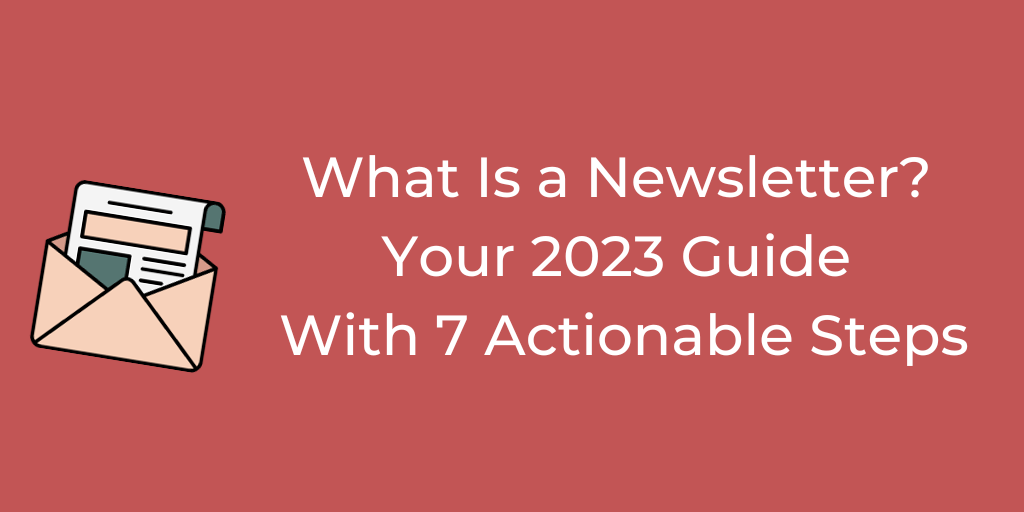How Many Emails Does The Average Person Receive Per Day?
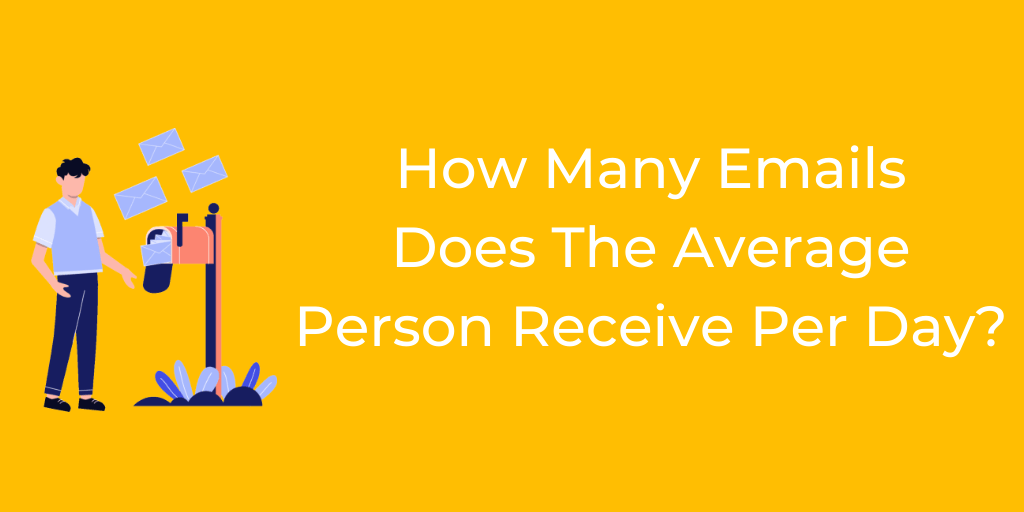
On average, a person, particularly in a professional setting, will receive a whopping 121 emails per day, according to Venngage.
This substantial daily influx of emails highlights the critical role that email communication continues to play in our daily lives.
It underscores the importance of effective email management and strategy, both for individuals managing their inboxes and for businesses and marketers seeking to capture the attention of their audience.
Our exploration here is focused on dissecting the current state of email usage.
We’ll navigate through various aspects, from understanding the volume of emails an average person receives daily, to the intricacies of how these emails are engaged with.
As we consider this significant volume of emails and their statistics, it becomes clear why crafting emails that stand out in an overflowing inbox is both a challenge and a necessity in today’s professional landscape.
What do the numbers show?
The sheer volume of emails exchanged daily offers a fascinating glimpse into the dynamics of digital communication.
The numbers reveal that by 2026, a staggering 376 billion emails are expected to be sent and received each day worldwide, a number that vividly illustrates the vast scope of email usage.
Furthermore, the fact that just under 294 billion emails were sent daily in 2019 indicates a consistent upward trajectory in email usage, reflecting its ongoing importance in both personal and professional spheres.
This growing trend signifies not just the pervasiveness of email as a communication medium, but also its evolution and adaptation in a digitally saturated world.
This increase in email traffic intensifies the need for strategies that ensure emails are not just sent, but effectively reach and engage their intended audience.
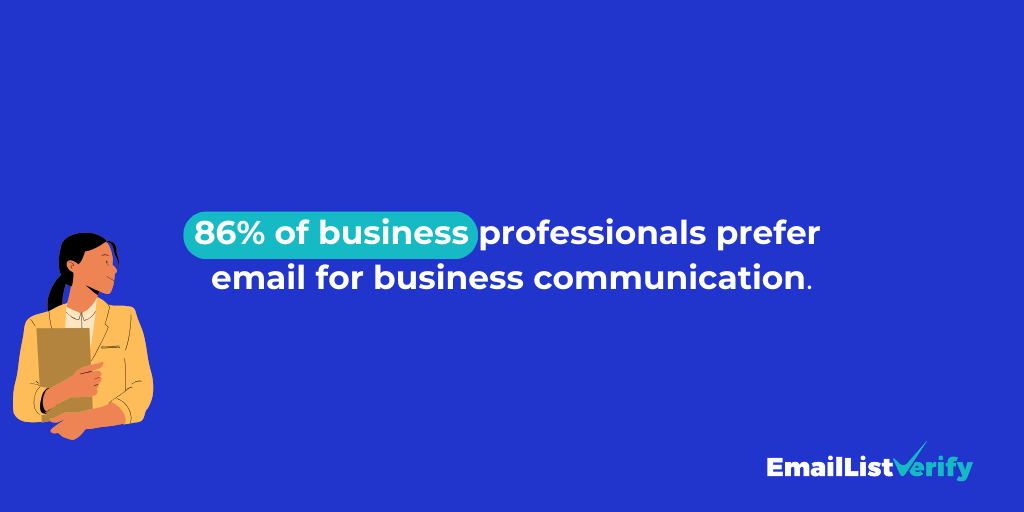
Moreover, the data showing that nearly 86% of business professionals prefer email for business communication reaffirms the medium’s effectiveness in the workplace.
Email’s ability to maintain such a dominant role in the face of emerging communication technologies speaks to its versatility and effectiveness in meeting diverse communication needs.
These statistics, therefore, serve as a critical benchmark for understanding the current landscape of email communication.
They highlight the ongoing relevance of email and accentuate the need for strategic approaches in email creation and distribution to make meaningful connections in a crowded digital space.
Email open rate
A critical metric in the world of email communication is the open rate, which acts as a barometer for the effectiveness of email content and strategy.
The open rate essentially measures how many people are opening and (hopefully!) reading the emails they receive.
As of data from Hubspot, the average email open rate across industries fluctuates is about 38.49%. However, open rates can vary widely depending on the industry, the purpose of the email, and how well the content resonates with the recipients.
The importance of open rates extends beyond mere numbers – it reflects the success of an email in cutting through the noise of a crowded inbox. For marketers and communicators, understanding the factors that influence open rates is highly important.
These include the relevance and personalization of the content, the appeal of the subject line, and the timing of the email send-out. Check out our post on email metrics to learn more.
Additionally, emails that include personalized subject lines can see an increase in open rates, or, cause people to delete them.
A study by FinancesOnline found that 33% of people surveyed open an email if it has a catchy subject, and 64% open or delete an email depending on the subject. This trend indicates that recipients are more inclined to engage with emails that have some thought put into the subject.
Improving open rates is a multifaceted challenge that involves not only creating compelling content, but also understanding and implementing best practices in email marketing. Such practices include segmenting email lists, optimizing subject lines, and timing the emails to align with when recipients are most likely to engage.
Understanding what influences the open rate for emails in your industry, and more personally, your company, is a major step in mastering effective email campaigns.
Which emails have the highest open rate?
The effectiveness of an email campaign is often measured by its open rate, and certain types of emails, and certain industries, consistently achieve higher open rates than others.
- Government emails have the highest open rate at 46.3%.
- The medical, dental and healthcare industry comes in second with an open rate of 46.29%.
- The animal care and veterinary industry has an open rate of 45.84%.
- Hobbies-related industries like photography, writing, and sketching have a 27.74% open rate.
- Welcome emails boast an impressive 86% open rate.
- Transactional emails hover around 40-50%.
Newsletters that provide valuable and informative content, especially those from trusted and established sources, often see strong open rates as well, with a ‘good’ open rate classified as 17-28%.
Subscribers who find consistent value in the content are more likely to open and engage with these emails regularly.
Moreover, emails that are sent as part of a well-segmented campaign often achieve higher open rates. Segmenting an email list based on factors like demographics, past purchases, or engagement levels allows for more targeted and relevant content, which resonates better with the recipients.
In summary, the key to achieving high open rates lies in the relevance and personalization of the content, the immediate value offered to the recipient, and the strategic segmentation of the email list. Understanding the audience and tailoring the email strategy accordingly is paramount in maximizing email engagement.
How many people still use email?
In 2024, the global email user population is projected to reach 4.4 billion, which accounts for more than half of the world’s population. This staggering figure is a clear indicator of the extensive reach and continued adoption of email across various demographics and geographies.
This widespread usage of email can be attributed partly to its versatility, as well as the rise of social media platforms, which often require an email address for registration.
With major platforms like Facebook and Instagram boasting billions of active accounts, the ripple effect on email account creation and usage is significant.
For businesses and marketers, this growing user base represents a substantial audience for email marketing campaigns, customer engagement, and relationship building.
Are emails opened on mobile or desktop more often?
With 55% of emails being opened on mobile devices, the answer is clear: mobile is the preferred way to read emails, with desktop being close behind.
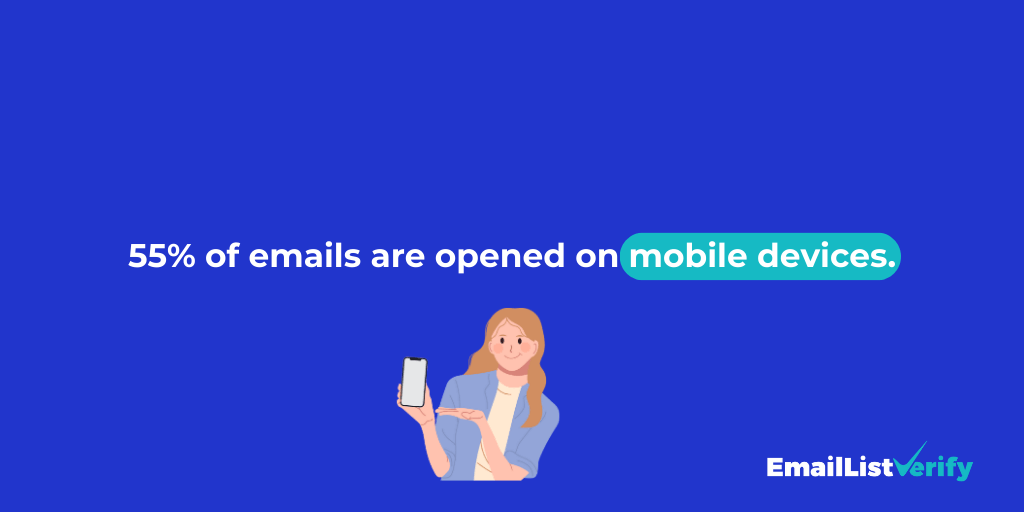
The device preference for opening emails has become a significant consideration, given the widespread use of smartphones and tablets.
This trend toward mobile email consumption has several implications. For one, it emphasizes the need for mobile-optimized email designs.
Emails must be responsive, ensuring they are easily readable and visually appealing on smaller screens. This includes considerations like simplified layouts, larger fonts, and touch-friendly buttons.
The rise in mobile email opens also affects the timing of email campaigns. Mobile users tend to check their emails consistently throughout the day, as opposed to specific times typically associated with desktop usage.
This means that the traditional peak times for sending emails might be changing, and it’s worth experimenting with different sending times to see what yields the best open rates.
Understanding the device preferences of your audience is crucial. Tailoring the email design and delivery strategy to suit these preferences can significantly enhance the effectiveness of your email communication, ensuring better engagement and response rates from your audience.
Has email engagement gone down in recent years?
In a nutshell, yes, email engagement has declined in recent years. However, this may be due to another cause. An article from Stategiq suggests that during the COVID-19 pandemic, email engagement soared to new heights, with 80% of marketers reporting higher engagement rates.
So, it could be that this decline in engagement is more of a ‘course correction’, but a true cause has yet to be found.
Source: Litmus
Top 7 most successful email strategies
With so many emails being sent and received from day to day, it’s no longer enough to just send out your marketing emails and hope for the best. For years, email marketers have been honing their craft and keeping up with the changing tides.
These are the most common and most successful email strategies that will help boost your engagement.
1. Email list verification
Keeping your email list populated with only valid and active email addresses is one of the pillars of having a flourishing email marketing empire. With spam traps and hard bounces constantly threatening your email deliverability and sender reputation, doing regular email list maintenance is a surefire way to avoid being unfairly relegated to the spam folder.
- Reduced bounce rate: Email verification can reduce the bounce rate by up to 90%.
- Deliverability impact: Adding a mere 1% volume of bad emails to your list can drop your deliverability by 10%.
- Spam trap detection: When you use an email verification tool, you automatically have your list checked for spam traps.
EmailListVerify not only checks for spam traps, but you can also verify 100 emails, completely free!
2. Inbox warming
Inbox warming is an integral strategy in email marketing, vital for establishing a trustworthy sender reputation and ensuring your emails consistently reach the intended inboxes.
This process, especially critical for new email accounts or IPs, involves gradually increasing the volume of sent emails to build credibility with Email Service Providers (ESPs).
- Improves email deliverability: Proper inbox warming can significantly improve email deliverability.
- Reduces spam flagging: A well-executed inbox-warming strategy can reduce the likelihood of your emails being flagged as spam.
- Increases open rates: Engaging in a gradual inbox warming process can increase open rates.
Tools like Warmup Inbox automate this process, simulating authentic email activities and interactions to establish your email account as a credible sender more efficiently.
TIP: Interested in learning how Warmup Inbox works? Check how Warmup Inbox works:
Sign up to Warmup Inbox for free.
Segmentation and personalization
Tailoring emails to specific segments of your audience based on their preferences, behaviors, and past interactions can significantly boost engagement.
Personalized emails, which can include using the recipient’s name or referencing their previous purchases, are more likely to be opened and read.
- Higher open click-through rates: Segmented emails drive 30% more opens and 50% more click-throughs than unsegmented emails.
- Increased revenue: Marketers who use segmented email campaigns experience up to a 760% increase in revenue.
- Lower bounce rates: Segmented campaigns have a 4% lower bounce rate than non-segmented campaigns.
Engaging subject lines
The subject line is the first impression of an email. Creating compelling, clear, and concise subject lines can greatly increase open rates. Using action-oriented language or invoking curiosity can be particularly effective.
- Open rates increase by up to 50% when subject lines are personalized.
- Urgent subject lines can increase the open rate by an average of 22%.
- 69% of email recipients will report spam based on the subject line.
Mobile optimization
With the increasing use of mobile devices for checking emails, making your emails mobile-friendly is essential. This includes responsive design, readable fonts, and easily clickable links and buttons.
- Mobile email opens: Four out of ten emails are opened through mobile applications.
- Consequences of bad optimization: Over half of the consumers have unsubscribed from a brand’s promotional emails because they didn’t display properly or well on mobile.
- Responsive design: Responsive email design results in a 15% increase in unique clicks for mobile users.
Valuable content
Providing content that is informative, entertaining, or otherwise valuable to your recipients is key. This could include industry insights, helpful tips, or exclusive offers. Content that adds value encourages recipients to not only open the email but also engage with it.
- Content distribution: 69% of marketers use email marketing to share their content.
- Engagement: Emails with multimedia elements or formats with images and/or videos have the highest performance.
Timing and frequency
The timing of your email can impact its success. Analyzing when your audience is most likely to read emails and adjusting the send-out times accordingly can improve open rates.
Additionally, maintaining a consistent but not overwhelming email frequency helps keep your audience engaged without causing fatigue.
- Best time to send: The best time to send a marketing email is between 9:00 AM – 12 PM EST, then 12:01 PM – 3 PM EST.
- Worst time to send: The worst time is between 1 AM – 3 AM EST.
- Frequency: 22% of marketers send marketing emails 2-3 times per day, and 21% send daily emails.
Implementing these strategies requires a good understanding of your audience and a willingness to continuously test and adapt your approach.
By focusing on these key areas, you can increase the effectiveness of your email campaigns, and achieve better engagement with your audience.
AI vs. human emails
The debate between AI-generated and human-composed emails is gaining traction in the digital marketing realm. Each approach has its unique advantages and implications for email strategy.
AI-Generated Emails
AI tools have advanced significantly, enabling the creation of personalized, automated emails at scale. These emails can be changed based on user data and behaviors, making them highly efficient for large-scale campaigns.
AI can analyze recipient responses and automatically adjust the content for improved engagement. However, the challenge with AI-generated emails lies in maintaining a genuine, human tone that resonates with recipients.
However, recent findings show that less than half of consumers can tell the difference between AI and human content, and less than one third actually cared about AI being used in branded communications.
Human-composed emails
The strength of human-composed emails lies in their ability to convey authenticity and a personal touch. Human writers can craft messages that resonate on an emotional level, building a stronger connection with the audience.
They are particularly effective in scenarios where personal storytelling, empathy, and brand personality are crucial. However, human-composed emails can be more resource-intensive and less scalable compared to AI-generated ones.
In practice, a blended approach often yields the best results. AI can handle routine, transactional emails or initial drafts, while human oversight ensures that the final content aligns with the brand voice and maintains the desired level of personalization and emotional connection.
This synergy allows for the efficiency and personalization of AI with the authenticity and creativity of human input.
Nevertheless, in some cases, detecting AI is both imperative as well as difficult, which is why we’re also seeing a massive influx of AI detectors to combat the changes.
Conclusion
As we navigate through the intricate world of email communication, it’s evident that emails continue to hold a vital position in our digital lives. The average person receiving around 120 emails a day is a clear testament to the medium’s ubiquity and importance.
With billions of emails sent and received daily, the challenge for individuals and businesses alike is to ensure that their emails not only reach inboxes but also hit home with their audience.
In conclusion, email remains a powerful and essential tool in the digital marketing arsenal. Its effectiveness hinges on a deep understanding of the audience, the strategic use of technology, and the ability to craft messages that are both relevant and compelling.
As digital communication continues to evolve, so too must our approaches to email marketing, ensuring that this age-old tool remains as effective as ever in connecting us with our audiences.
